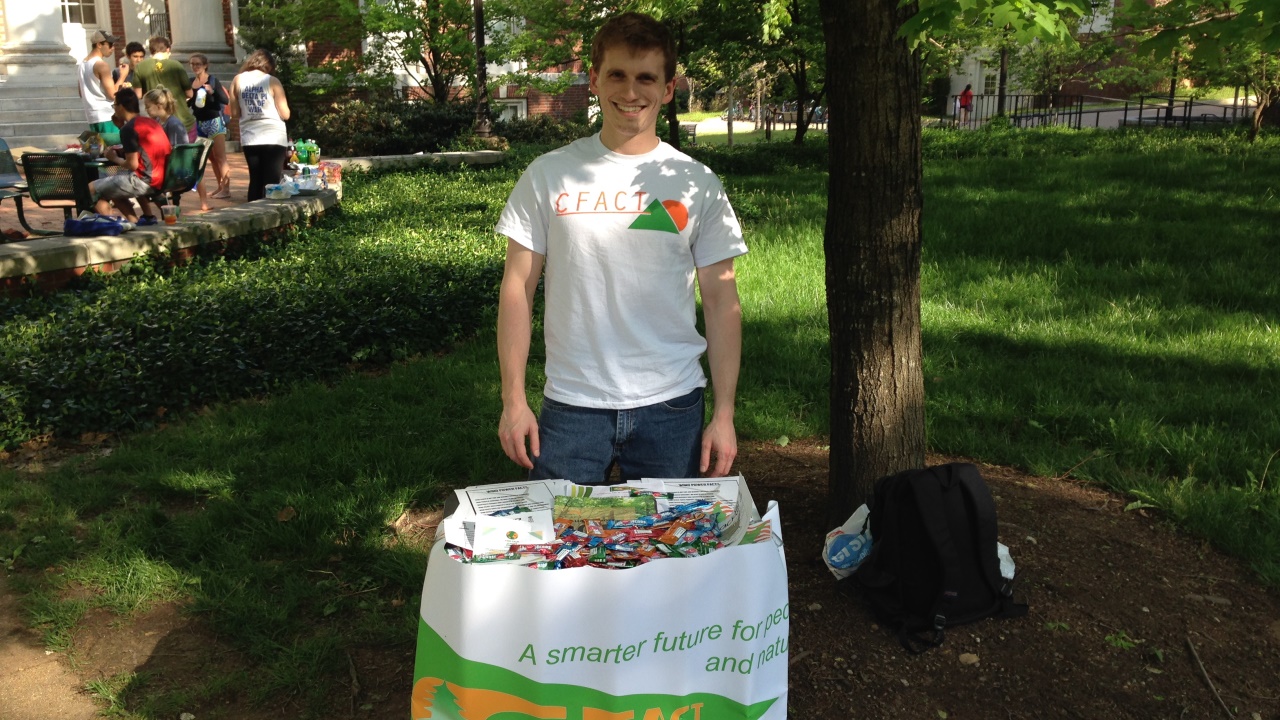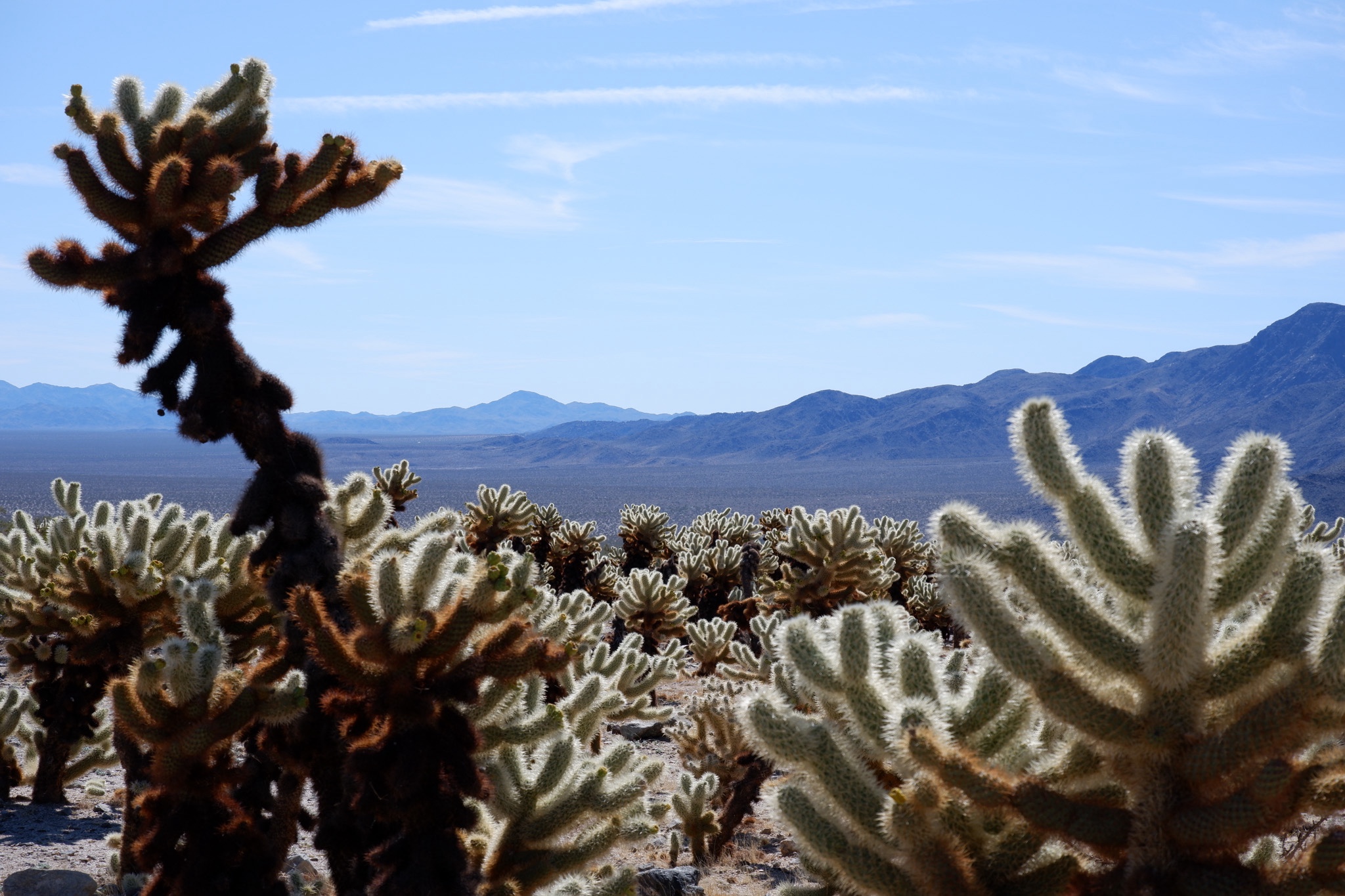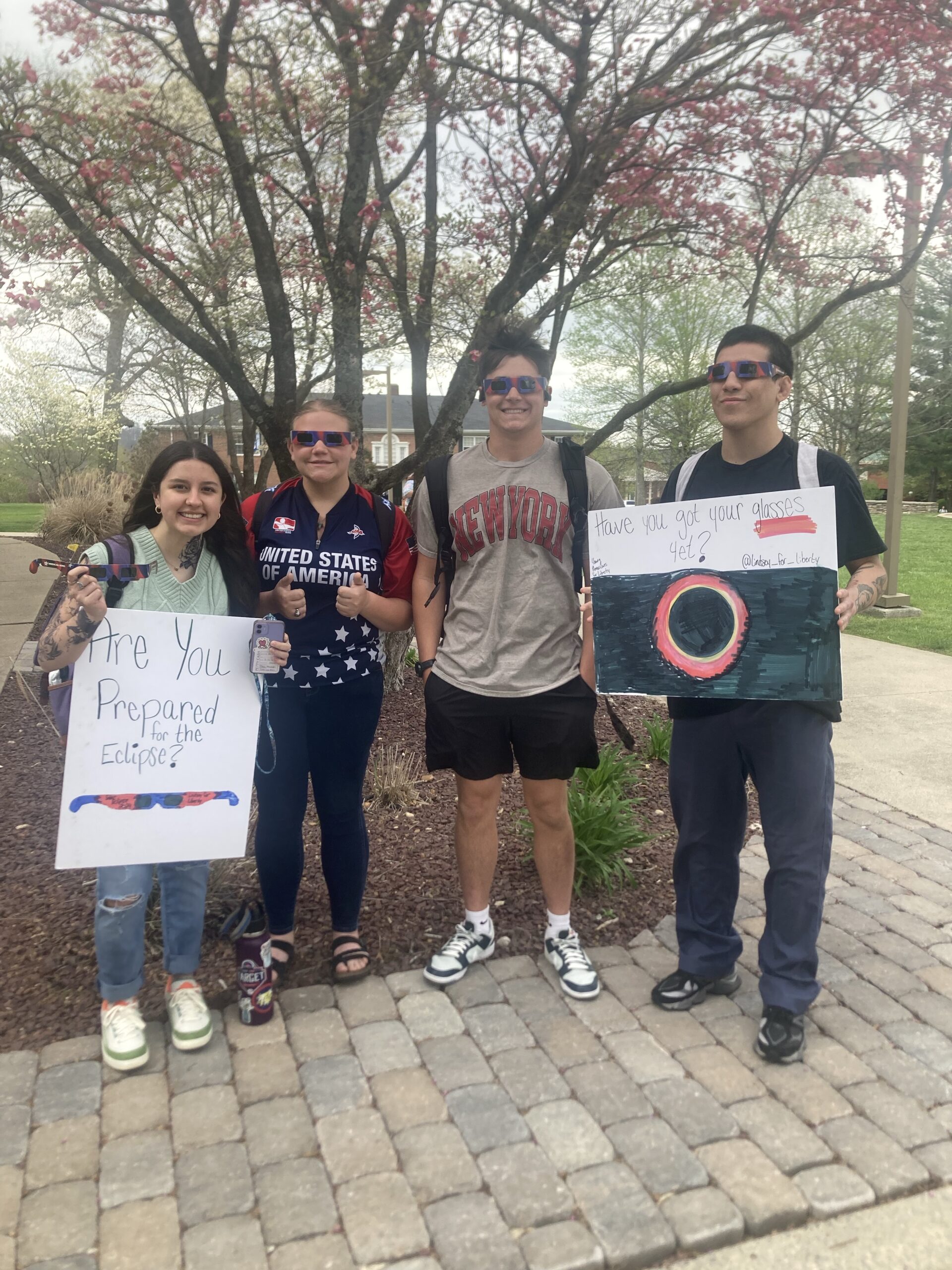Freshmen at Vanderbilt University enjoyed time outdoors on Earth Day while learning the facts on wind energy. “Don’t be an airhead: clearing the air on wind power” consisted of these 10 facts:
Wind power is not free. Turning the wind into electricity costs money for collecting, generating, and distributing that energy.
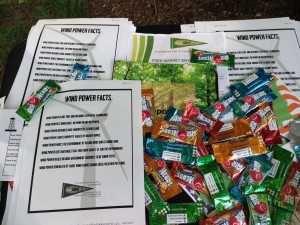 Wind power is not reliable. No one can make the wind blow when the energy is needed, and turbines can only exist where prevailing conditions are favorable.
Wind power is not reliable. No one can make the wind blow when the energy is needed, and turbines can only exist where prevailing conditions are favorable.
Wind power requires an extensive amount of land. The amount of land used for a wind farm compared with the same output as a nuclear power station would be 2,000 times as great.
Wind power harms the environment. Wind power requires more land-clearing, needs more transmission lines, kills more wildlife and lights more bushfires than conventional power.
Wind power is a nuisance. Neighbors complain that wind turbines devalue property from their ugly sites and the subsonic whine of the turbines.
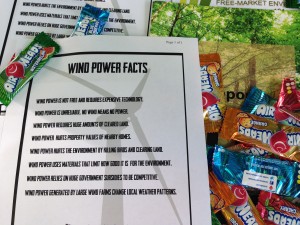 Wind power is renewable, but not unlimited. Every wind turbine slows the wind, thus reducing the wind energy available to any downwind turbines.
Wind power is renewable, but not unlimited. Every wind turbine slows the wind, thus reducing the wind energy available to any downwind turbines.
Wind power is justified by claims that it reduces emissions and thus reduces global warming. However, when all the steel, concrete, construction, maintenance, replacement and rehabilitation are taken into account, wind power contributes nothing to reducing emissions or changing global climate.
Wind power has seen substantial growth in recent years only because the industry is aided by tax subsidies and state government mandates.
W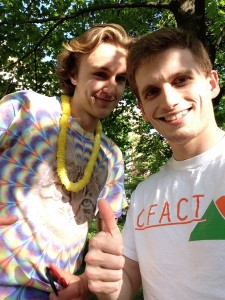 ind power changes local weather. Winds bring moisture to the inland, clear pollution from the cities, and change air temperatures everywhere. Wind turbines rob the wind of its energy, affecting local wind speeds and changing local weather patterns.
ind power changes local weather. Winds bring moisture to the inland, clear pollution from the cities, and change air temperatures everywhere. Wind turbines rob the wind of its energy, affecting local wind speeds and changing local weather patterns.
Wind power is an expensive, intermittent and limited energy source that degrades the environment, kills birds, affects the local weather but does nothing to improve global climate.
Many students approached our table to help themselves to some candy, and stopped to read our information. One student in particular, Shawn, was really excited about our message. He even mentioned how he may have some friends that would be interested as well. He gladly left us his contact information.
